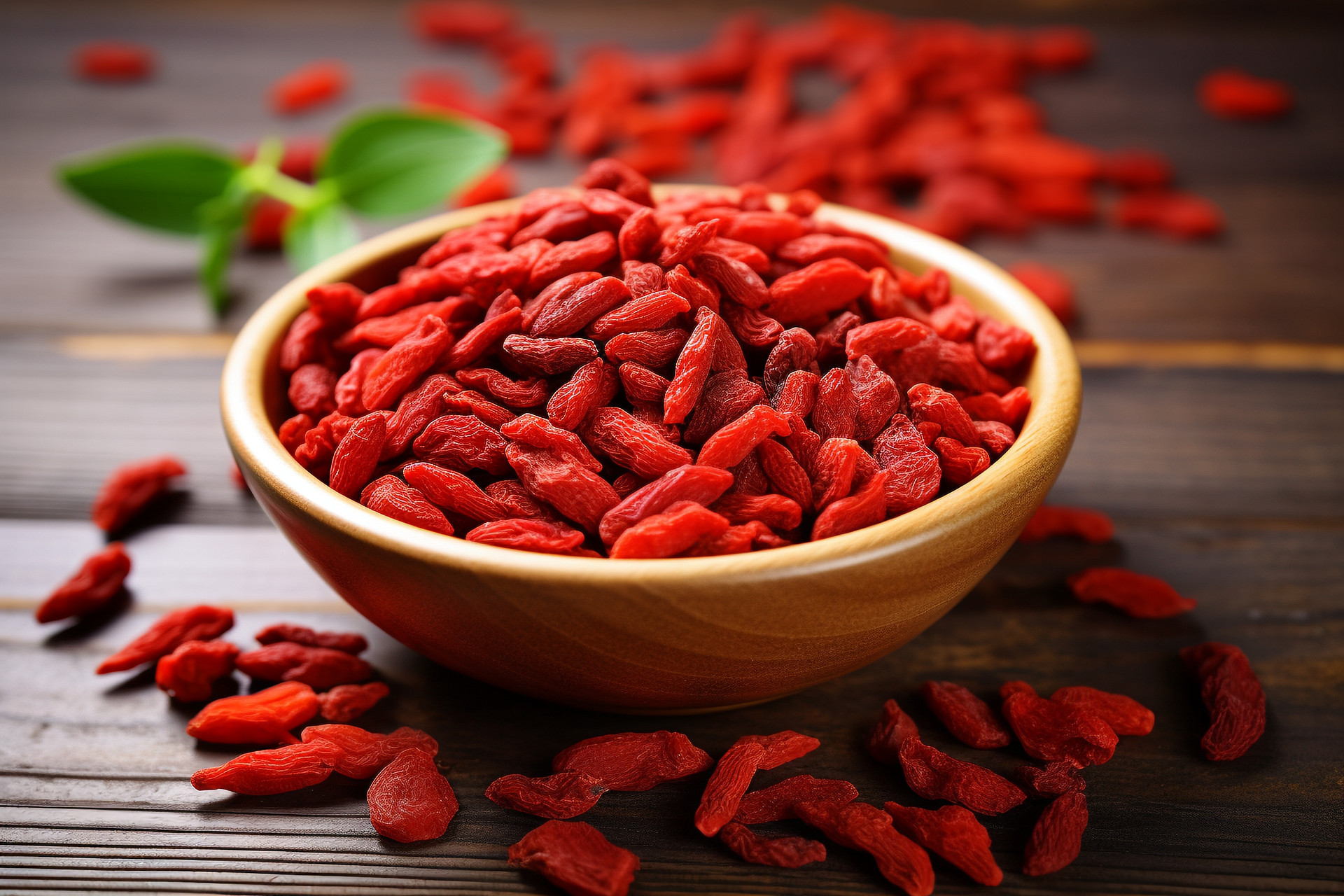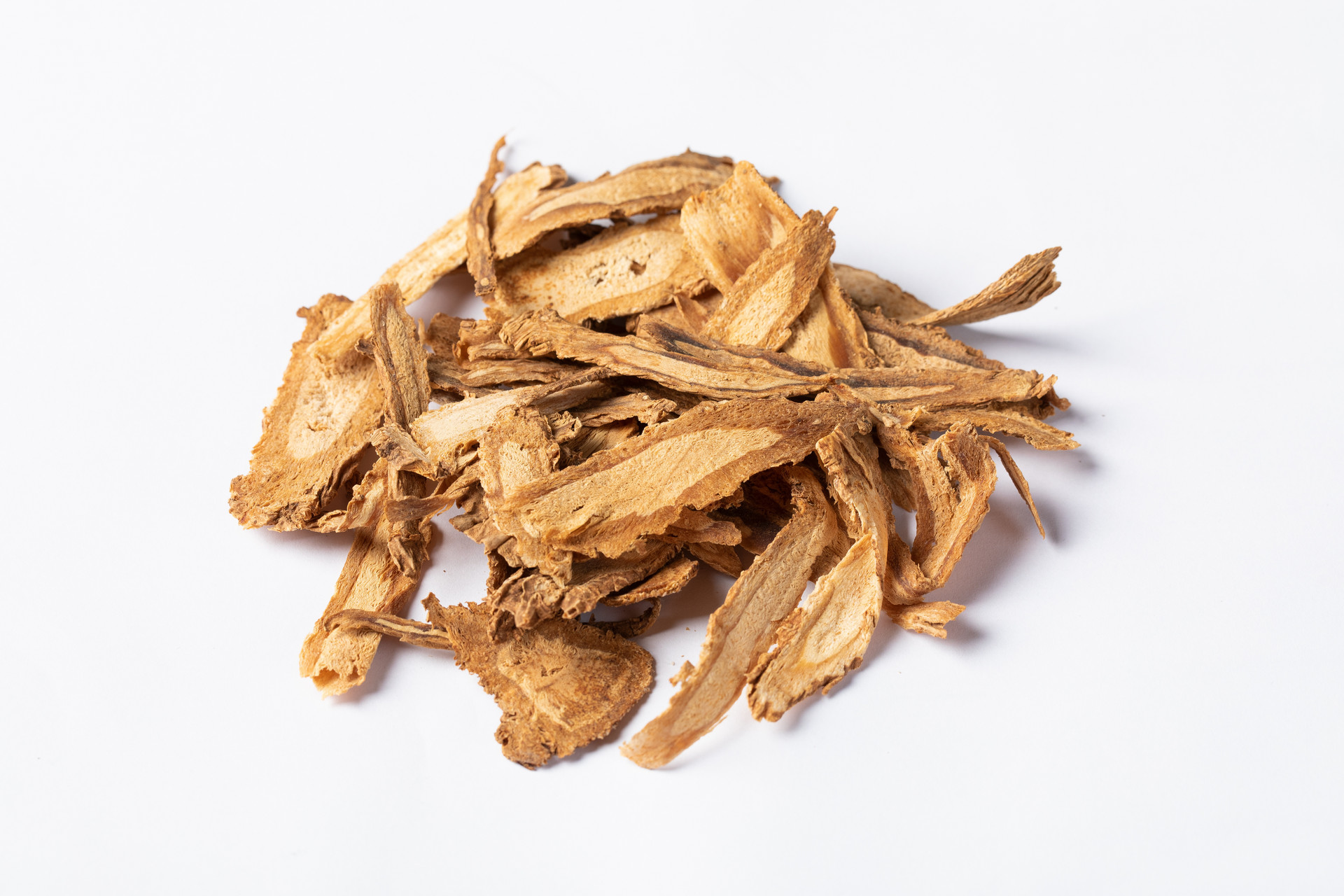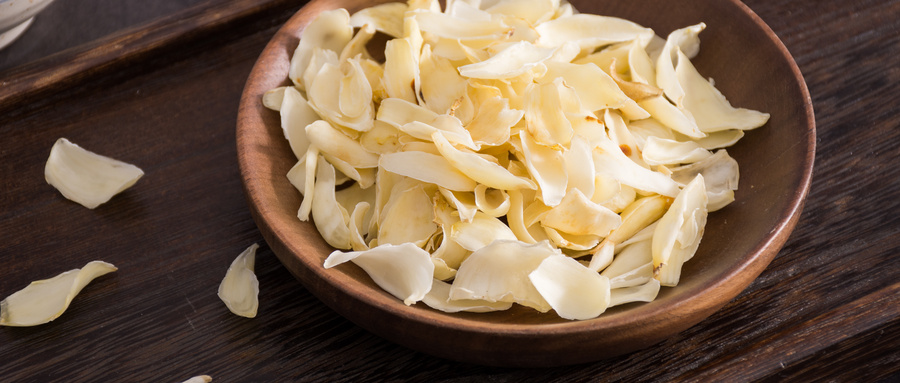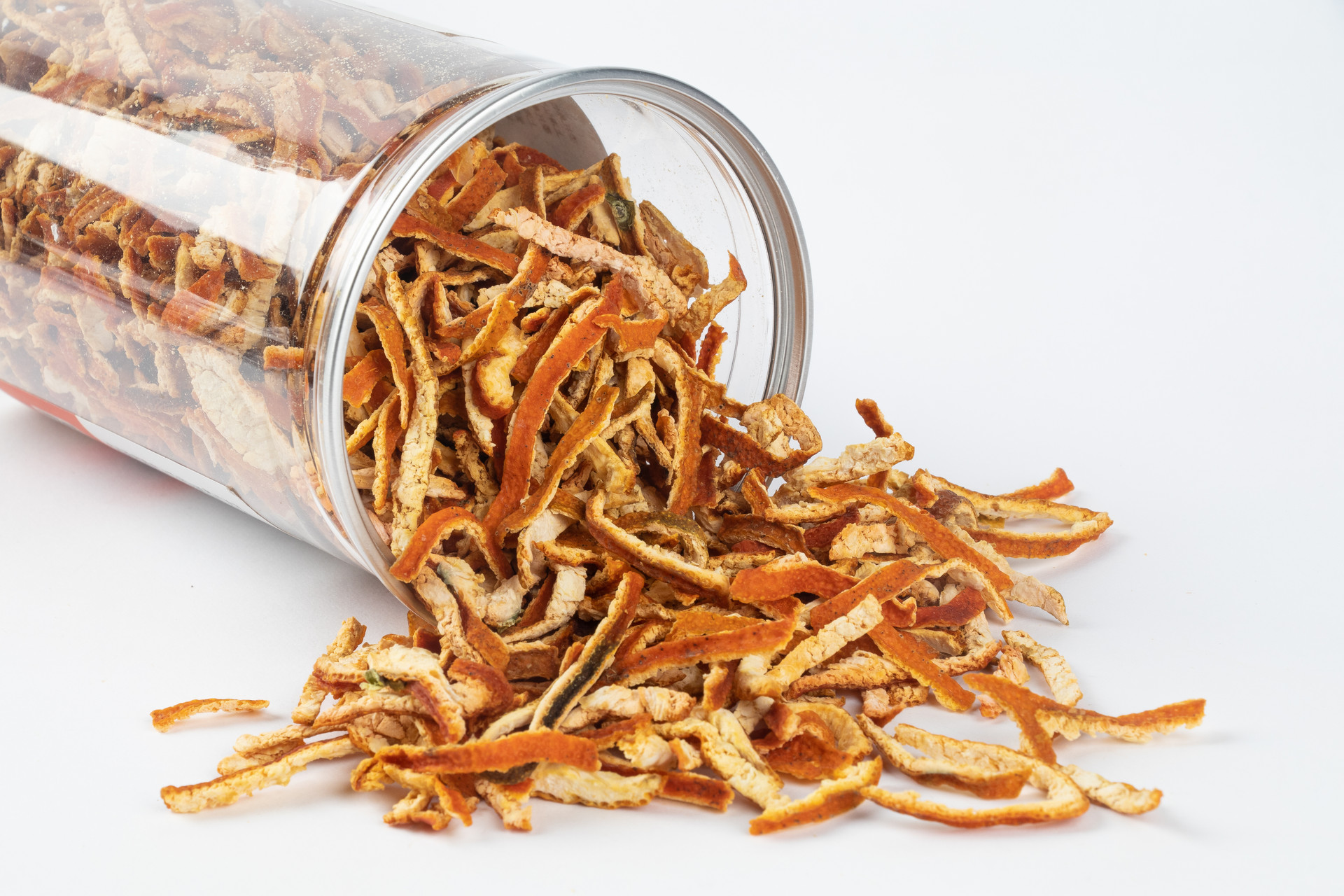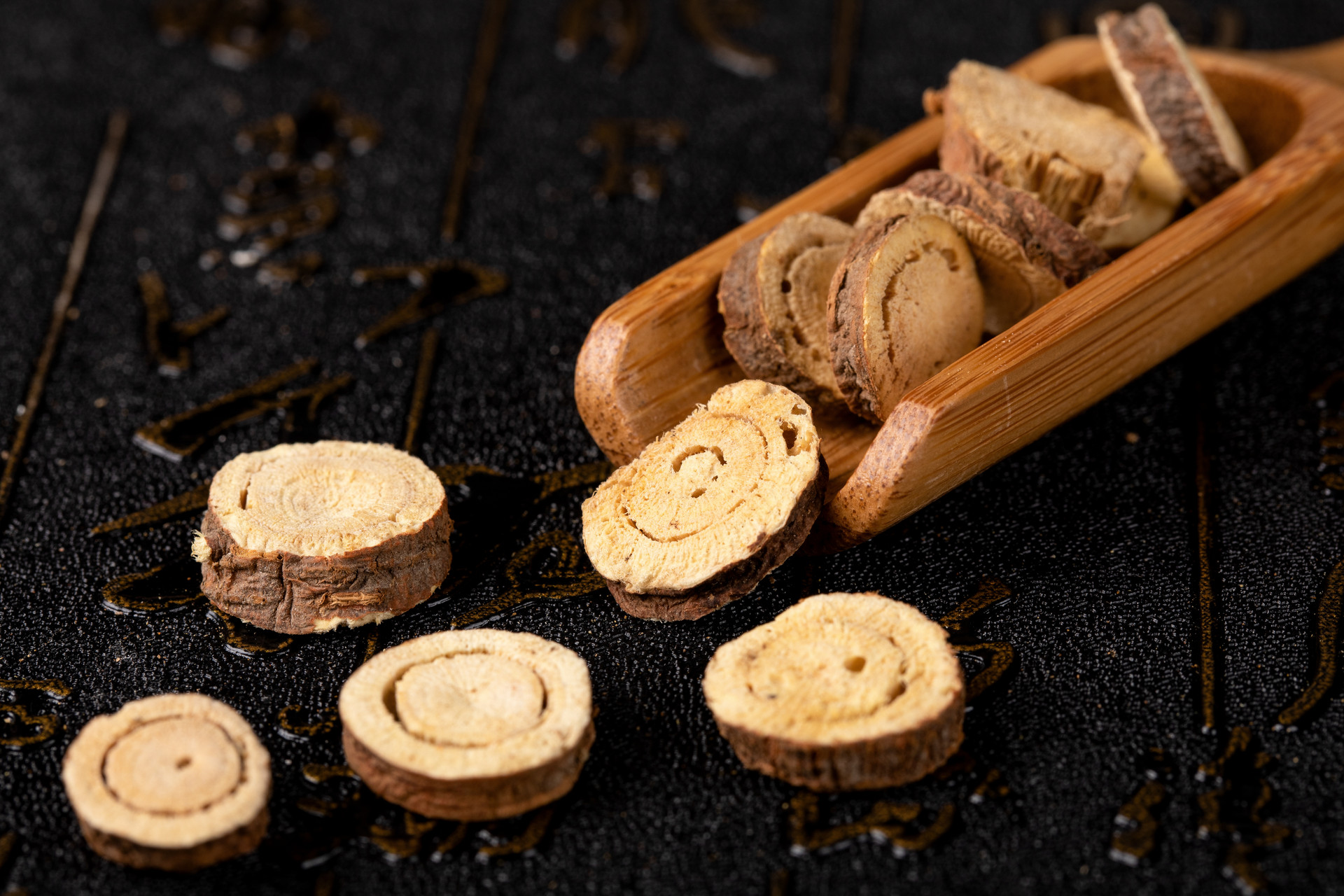Dog Bone: Excerpt from "Famous Doctors' Records". It is the skeleton of the dog, a member of the Canis familiaris Linnaeus family. After slaughtering the dog, it is dissected, and the muscles are removed from the bones. The bones are then hung in a well-ventilated area to air dry, but should not be exposed to direct sunlight to prevent oil discoloration.
[Processing Method] 1. Dog Bone: Take the original medicinal material, clean off the mud with warm water, moisten it, scrape off any remaining muscles, air dry it, and then break it into small pieces.
2. Processing Dog Bones: "Burn the ashes." "Burn the crumbs." "Burn it, crush and sift it, and mix it with water." "Burn it to ashes, mix with rice soup, and take it daily, or mix it with lard." As of now, clean dog bones are placed in a suitable container and soaked in alcohol or placed in a refractory container. They are then heated until they become crispy. After removing them, let them cool and grind them into a fine powder.
[Appearance of Medicinal Slice] Dog bones are solid, not very heavy, white or slightly yellow in color, with an uneven cross-section. The trabecular substance inside the bone cavity is not obvious, and the bone is visibly greasy. When burned, it has a fishy smell. Processed dog bones resemble dog bones, with a scent of alcohol and a reduced or grayish white powdered fishy smell.
[Processing Properties] Dog bones have a sweet and salty taste and are warm in nature. They have the functions of nourishing the kidneys, strengthening the bones, dispelling wind, relieving pain, and promoting tissue regeneration. They are used for rheumatic joint pain, weakness in the lower back and legs, numbness in the limbs, excessive uterine bleeding, prolonged diarrhea, external bleeding, infantile skull fractures, boils, abscesses, and frostbite. Processing makes the medicine pure. Alcohol-processed dog bones remove the fishy smell and enhance the function of promoting blood circulation and unblocking collaterals. For example, when combined with Gastrodia elata, it can treat rheumatoid arthritis (Chinese Animal Medicine). Calcined dog bones make the texture brittle, easy to crush, and convenient for preparation and formulation. They are used for prolonged diarrhea, food stagnation, and burns. For example, the Three Bone Powder is used to treat persistent bloody and white diarrhea in children (Tai Ping Sheng Hui Fang), and the White Dog Bone Powder is mixed with tea oil to treat burns and scalds (Guangxi Ethnic Medicine Compilation).
[Processing Research] In the Liang Dynasty, dog bones were "burned into crumbs" (Annotations on the Compendium of Materia Medica). In the Tang Dynasty, the method changed to "burn, crush, and sift" (Qian Jin Yi Fang). In the Ming Dynasty, it was recorded as "burned to ashes" (Compendium of Materia Medica). Nowadays, dog bones are soaked in alcohol, calcined, or dried and ground into a fine powder.
The chemical composition of dog bones varies depending on the type of bone. After processing, the moisture, fat, and collagen content of dog bones are significantly reduced, while the inorganic content remains relatively unchanged.




